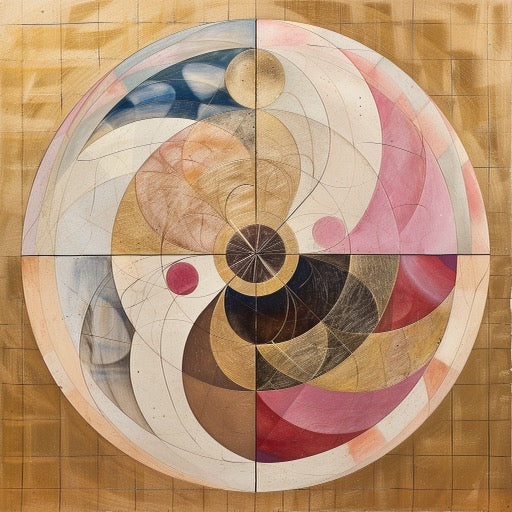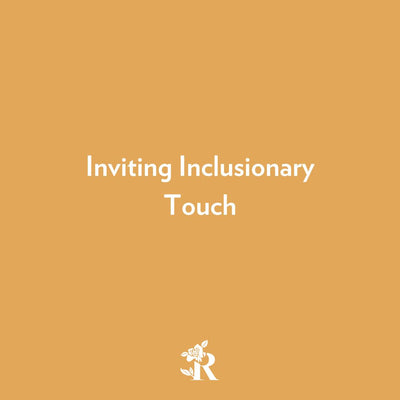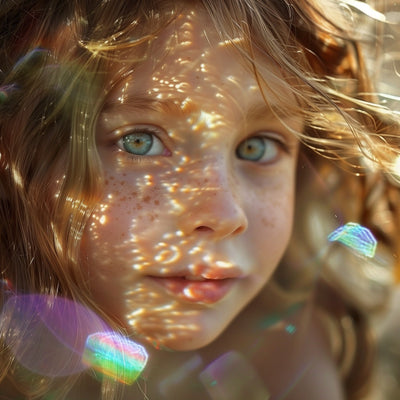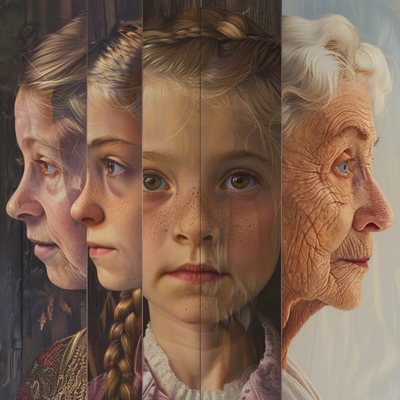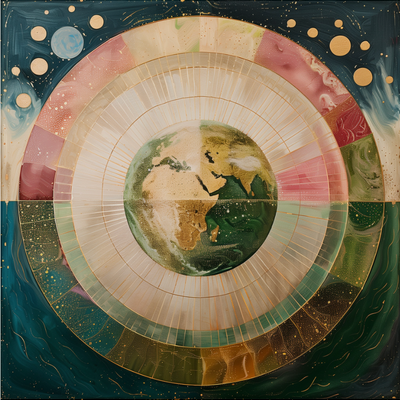Introduction, Part 4: The Androgynous Soul (9 Lives)
This article is part of a weekly series adapted from our latest book, "The 9 Lives of Women," by our founder, Christine Marie Mason. This installment is the fourth in the series.
Introduction, Part 4: The Androgynous Soul
Our biological experience of our gender and its embodiment matters to the culture we live in. But the soul itself, and the fabric of life, is genderless. We live in a reductionist model of gender as a valuable marker of a creature’s relative importance, collectively forgetting that life itself (based on the DNA codes shared by every living thing on Earth) has no gender; DNA merely encodes it. There is no preference expressed in nature.
If we lived in a culture that remembered that its own natural state is a balance of male and female, all needed, all worthy, rather than a hierarchy wherein one is “better” than the other, we wouldn’t need the correction.
If all people, men and women remember that they are genderless before they are gendered, we might start to connect with the “Divine Androgyne,” which is what Hindus call the natural state of our soul, half the masculine principle of Shiva, and half the feminine principle of Shakti, half female and half male, half our mother and half our father. At this soul level, the principles of masculine and feminine are distilled as strength and receptivity. And they live in equal balance in women and in men. We aspire to this balance. Women without strength and agency are wishy-washy and ineffective, and men without receptivity are rigid and violent. We need both.
In the coming chapters, I propose a new framework for the stages of womens’ lives, from the child becoming a young woman to a deepened understanding of the phases of elderhood. Each chapter contains scientific and cultural resources as well as interviews with researchers and thinkers about each stage. By sharing positive stories of women in each stage, I’m also aiming to create more joy in a cross-generational conversation. It’s my hope that a better understanding of what women go through over their whole life cycle will help us to re-design institutions and cultural systems that better work for all of us, and give more reverence and respect to the 51% of the humans on earth.
The Nine Stages:
The book begins with three stages focused on developmental awakening: Foundation (birth to menarche), Awakening (menarche to intercourse) and Sovereignty (intercourse to reproductive intent). The second grouping is aimed at midlife: Matrescence (reproductive intent to perimenopause), Seque (perimenopause to active menopause) and Metamorphosis (active menopause). The last three stages (all post-menopause, or the "third act") are the Free Period, Glide and Resolution. Each of these 9 phases has different brain, body and social markers.
- All of the ages and stages are fluid and general; Each woman is different. These are guidelines, not rules.
- While I do talk about intersex and transgender concepts in this book, the focus is on CIS (Congruent Identification and Sexuality) women, regardless of sexual preference.
- Developmental stages aren't necessarily linear. If you miss a development stages as you go, you may have to double back! It's still possible, especially for experiences and communications you never learned as a girl.
- I come from a perspective that everything belongs, and that everything is nature, even “technology,” which is derived from our organic brains and organic materials (therefore also from nature) so I inquire into technology with neutral curiousity not judgement.
Next week: Chapter 1, Part 1: Foundation (Birth to Menses)

